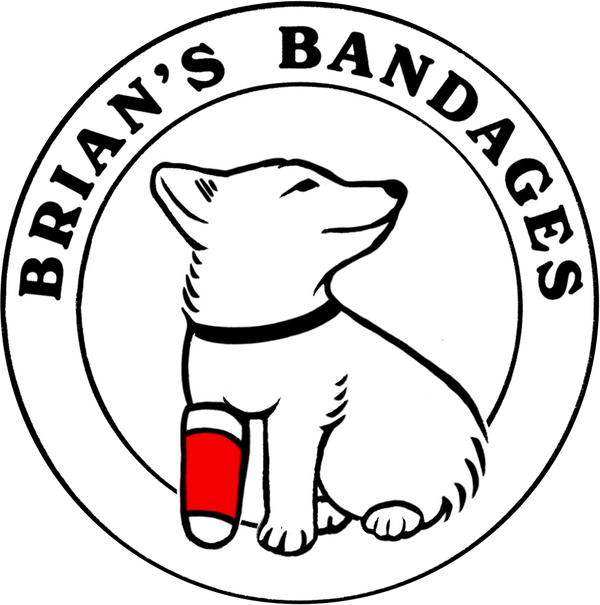Carpal Flexion
A carpal flexion bandage is used to hold the carpus (wrist joint) in a flexed position, primarily to offload tension on the digital flexor tendons or to restrict limb use during healing. It is a versatile bandage with applications ranging from tendon repair support to fracture management.
Purpose and Benefits
- Reduces strain on digital flexor tendons following laceration or surgical repair
- Prevents weight-bearing, making it useful for humeral fractures and other injuries where limb rest is essential
- Assists in the rehabilitation of neurologic cases by limiting extension and forcing non-use
- Helps manage carpal or digital injuries during early recovery phases
Application
The bandage flexes the paw toward the forearm and holds it in that position using soft padding and elastic wrap. It may be reinforced with external coaptation, such as a splint, to maintain flexion and discourage limb use. Wrapping should be snug but monitored closely to avoid circulation issues.
Considerations
- Frequent checks are needed to prevent pressure sores, swelling, or slippage
- Flexion angle should be appropriate to the injury and set by a veterinary professional
- Often paired with an E-collar to prevent interference
- Should be used only as long as necessary to avoid joint stiffness or muscle atrophy
The carpal flexion bandage is a valuable tool for both soft tissue and orthopedic injuries, offering effective limb immobilization and tendon protection—especially when preventing use of the limb is critical to healing.
Want to see how these bandages are made?
Unlock access to the largest bandaging video library available and watch step-by-step how each bandage is applied correctly and effectively!



